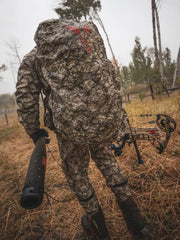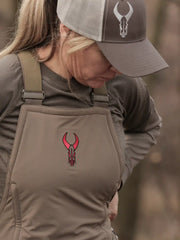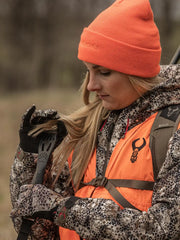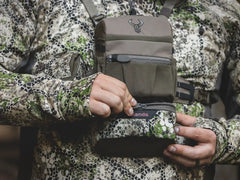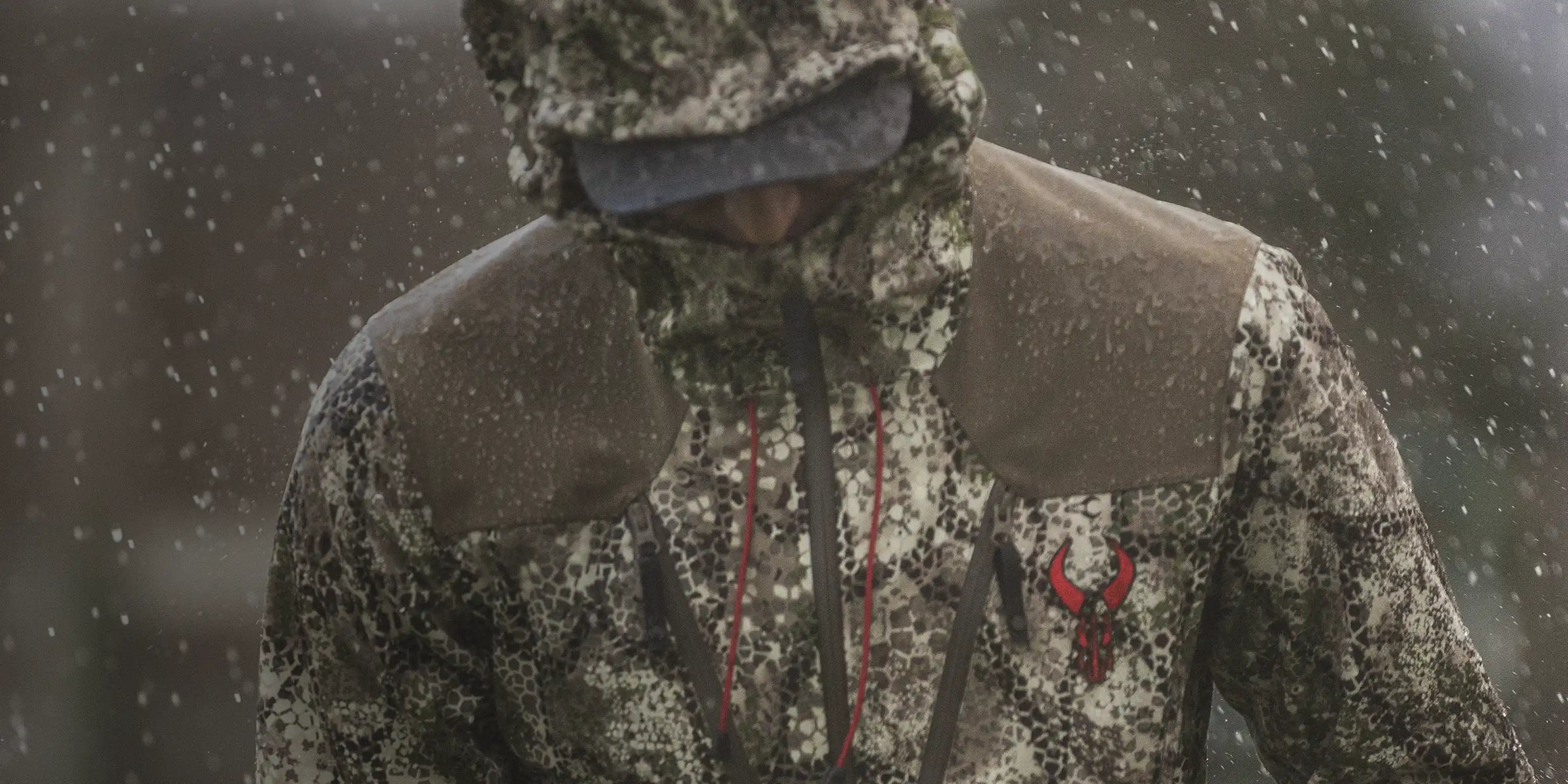
Waterproof Technology
How we keep you dry in rain, sleet and other forms of H20.
ABOUT WATERPROOFING
Wet clothes and gear are nobody's recipe for success. So we've spent decades (and counting) finding new ways to keep you and your stuff safe from rain, snow and sleet.
Main Tech Features
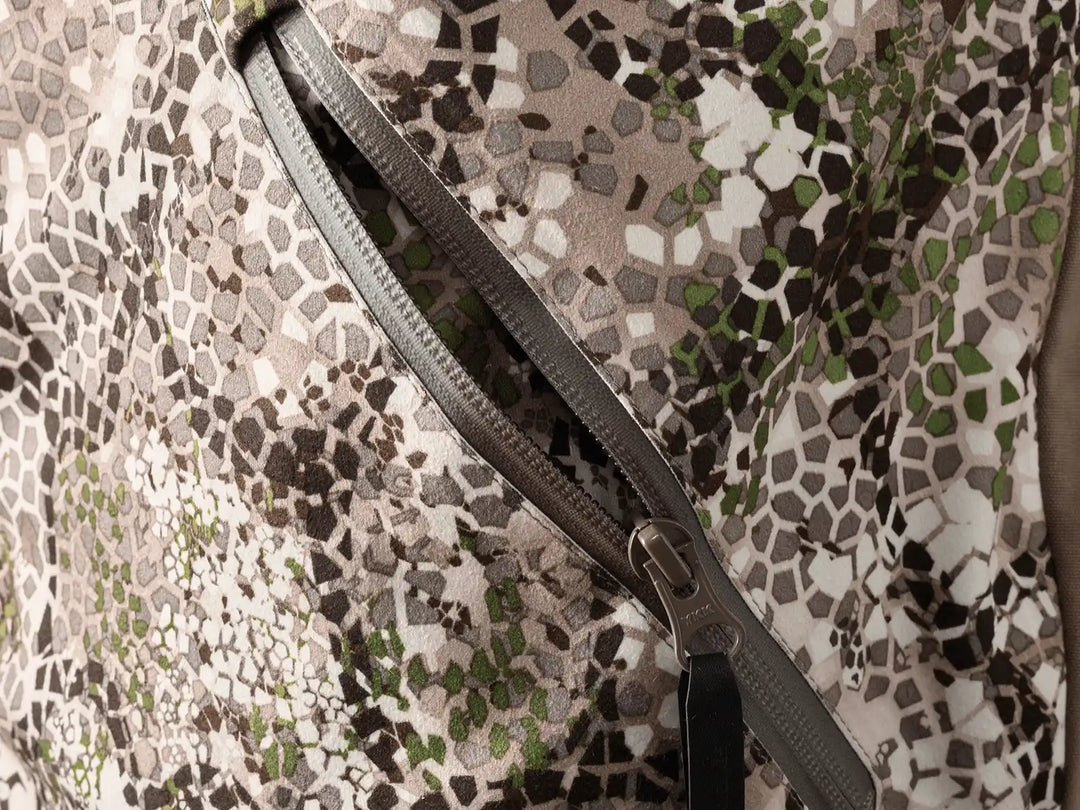
WATERPROOF FABRICS AND MEMBRANES
Our waterproof fabrics usually include multiple layers: a face fabric and one or more waterproof, breathable membranes. Together, they work to keep you dry and comfortable no matter the conditions.
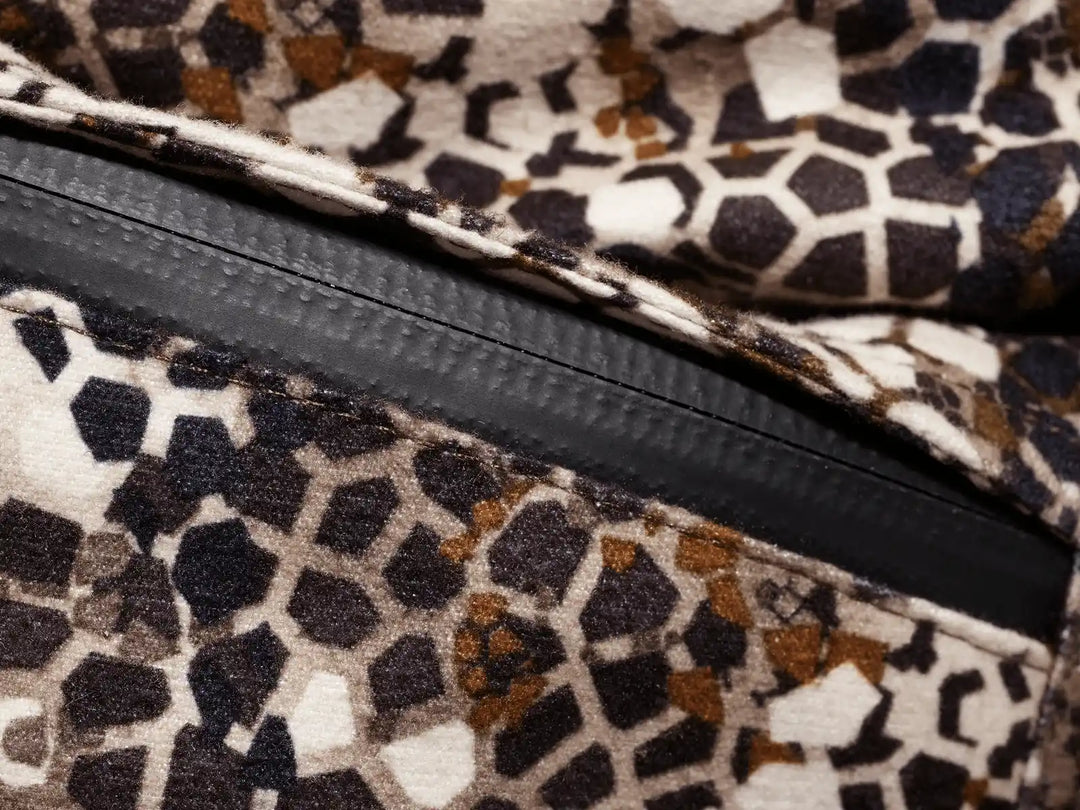
TAPED SEAMS
Where there’s stitching, there are holes. And where there are holes, water can get into places you’d rather it didn’t. We take the extra step to seal those stitched seams with waterproof tape, ensuring that not one drop of water gets where it shouldn't.
Products with Waterproofing Technology
Check out hunting gear that keeps you comfortable in heavy rains and wild winds alike.
Additional Tech Content
SCENT MANAGEMENT
The treatments and tech we use to keep animals from detecting human scents in the field.
TEMPERATURE REGULATION
It's not just about comfort—it's about staying on the hunt until you claim success.
FABRIC REINFORCEMENT
From patches to stitches, learn about the methods we use to make Badlands gear tough enough for hard use.
READ ABOUT OUR TECH


